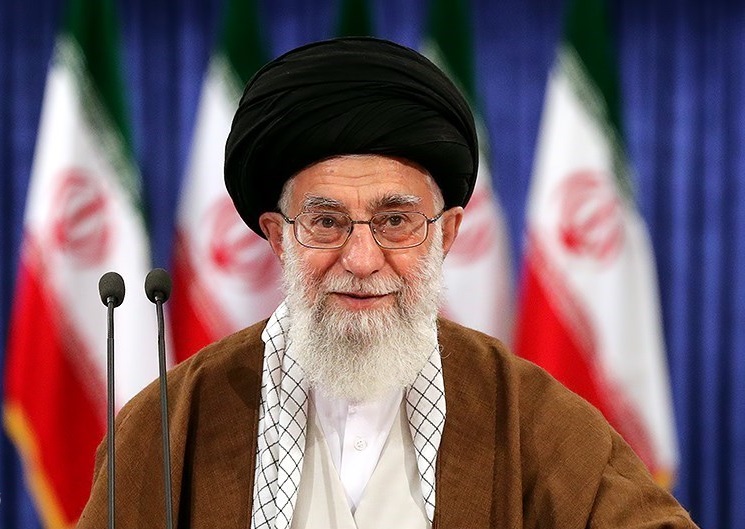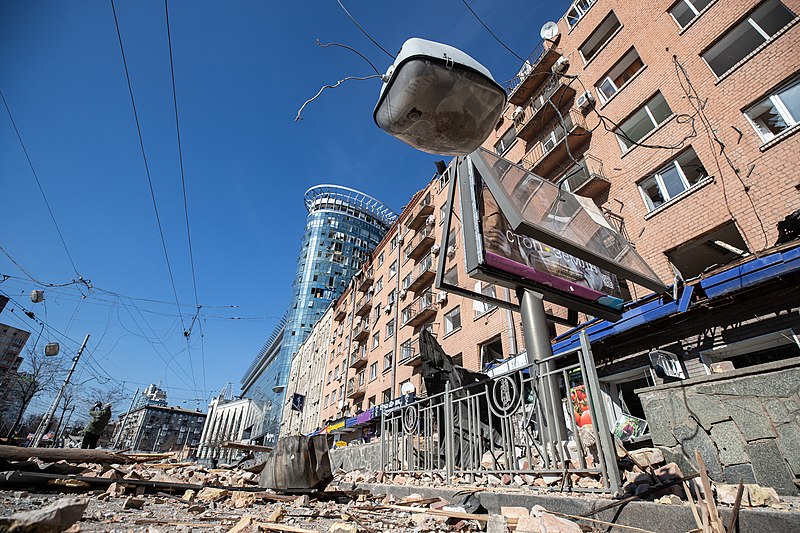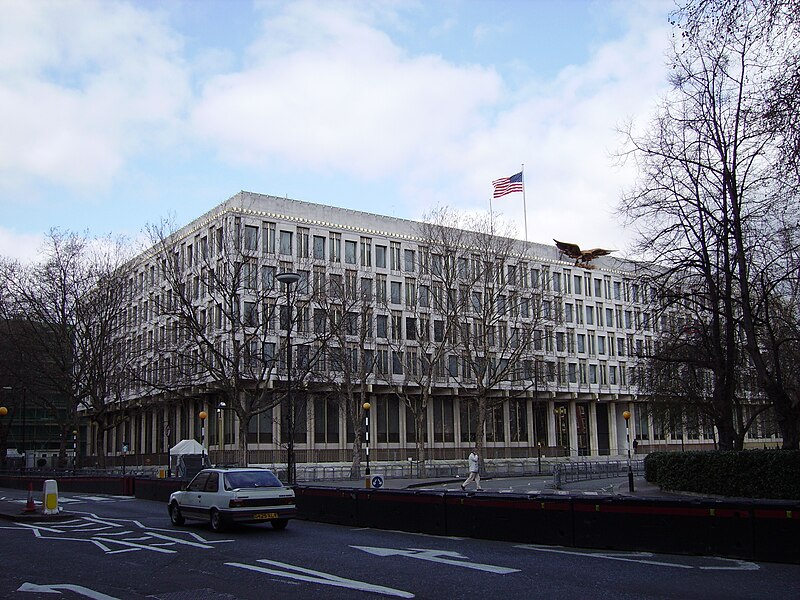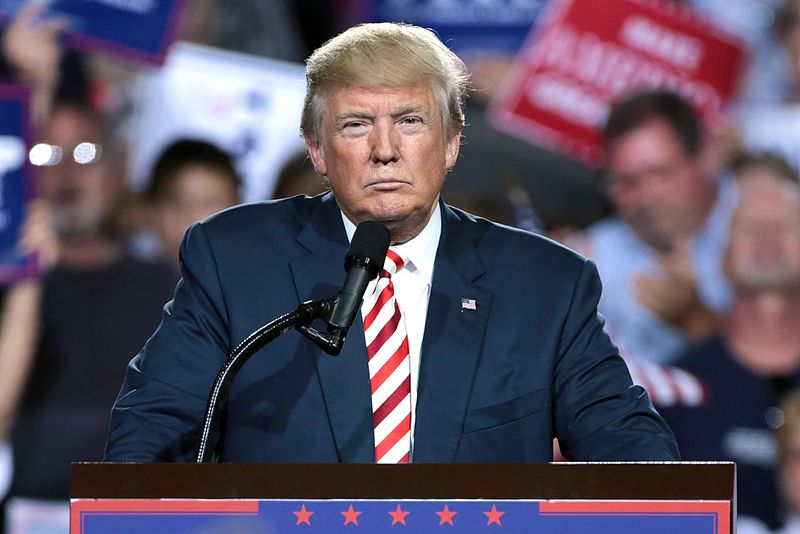
President Biden has, for the first time, authorized the Ukrainian military to use U.S.-supplied long-range missiles for strikes inside Russia, a significant shift in U.S. policy. This decision, made
with two months remaining in Biden’s presidency, signals a new phase in the U.S. approach to the conflict in Ukraine.
The weapons in question, Army Tactical Missile Systems (ATACMS), are expected to be deployed initially against Russian and North Korean troops threatening Ukrainian forces in the Kursk region of western Russia. Officials indicate the move aims to bolster Ukraine’s defense capabilities amid escalating threats from a Russian offensive bolstered by North Korean forces.
A Shift in U.S. Policy
This decision represents a major departure from prior U.S. policy, which had restricted Ukraine’s use of American-supplied weapons to operations within its borders. The shift comes as Russia has brought an estimated 10,000 North Korean troops into the conflict, sparking concerns in Washington about the evolving dynamics of the war.
President Biden previously eased restrictions in response to a Russian cross-border assault in May, allowing Ukraine to use the High Mobility Artillery Rocket System (HIMARS), which has a range of about 50 miles, against Russian positions just across the border. However, until now, Biden had stopped short of permitting the use of longer-range ATACMS, which can strike targets up to 190 miles away.
Strategic Goals
According to U.S. officials, the decision is partly intended to send a clear message to North Korea that their forces are vulnerable and to discourage further involvement in the conflict. The ATACMS missiles are likely to be used to target Russian and North Korean troop concentrations, logistics hubs, and ammunition depots, potentially weakening their ability to sustain their offensive.
While this policy change may not drastically alter the course of the war, it is seen as an effort to provide Ukraine with tools to blunt a large-scale Russian-North Korean assault in Kursk and beyond.
Risks and Reactions
The decision has divided U.S. officials and advisers. Some fear that Ukrainian strikes inside Russia could provoke retaliation from President Vladimir Putin against the United States or its allies. Others argue that concerns about Russian escalation have been overstated and that the move is necessary to counter Moscow’s aggression effectively.
For years, the question of whether to supply Ukraine with long-range missiles has been a contentious one. The Pentagon has previously expressed concerns about the limited stock of ATACMS in U.S. reserves, while some White House officials worried about escalating the conflict further.
Critics of Biden’s cautious approach have argued that his administration has been overly influenced by Putin’s threats, potentially limiting Ukraine’s ability to mount a robust defense. Proponents, however, maintain that the incremental strategy has successfully avoided direct confrontation with Russia.
Ukraine’s Challenges
The Ukrainian military is currently stretched thin, facing simultaneous Russian offensives in multiple regions, including Kharkiv and Kursk. This strain has prompted heightened concern in Washington about Ukraine’s ability to sustain its defense.
In August, Ukraine launched a cross-border offensive into Kursk, capturing a significant swath of Russian territory. Russia has since responded with a massive counteroffensive, deploying over 50,000 troops, including North Korean forces, in an effort to regain control of the region.
Looking Ahead
The introduction of North Korean troops and Biden’s authorization of long-range missile strikes come as President-elect Donald J. Trump prepares to assume office. Trump has pledged to de-escalate U.S. involvement in the conflict and push for a rapid resolution to the war.
Whether this new policy will significantly impact the war’s trajectory or merely serve as a symbolic gesture remains to be seen. However, Biden’s decision underscores the high stakes and the complex geopolitical challenges shaping the conflict in Ukraine. Photo by White House, Wikimedia commons.



































































